The Phantom Of The Opera (1998)
Directed by: Dario Argento
Written by: Dario Argento, Gaston Leroux, Gérard Brach, Giorgina Caspari
Starring: Andrea Di Stefano, Asia Argento, Julian Sands, Nadia Rinaldi
AKA IL FANTASMA DELL ‘OPERA
Italy
AVAILABLE ON BLU-RAY AND DVD
RUNNING TIME: 99 min/96 min/92 min
REVIEWED BY: Dr Lenera, Official HCF Critic
In Paris 1877, a pack of rats save an abandoned baby from a basket that was flowing along a river and raise him in the underground of the Opéra de Paris. This child grows up to become the Phantom of the Opera, a misanthrope who kills anyone who ventures into his underground chambers, just as rats are killed whenever they venture above ground. However, The Phantom falls in love with the young opera singer Christine Daaé while she sings alone on stage one night. He appears before her and tells her that her voice fills his heart with light. He wants her to have her moment of fame, but there’s the matter of opera star Carlotta – plus Christine has another suitor….
I remember so well when Dario Argento’s eccentric version of the much filmed Gaston Leroux novel The Phantom Of The Opera came out and the extremely negative response it got, with the exception of journalist and Argento fan Alan Jones. I took this negativity with a pinch of salt because many previous Argento films weren’t much liked and yet I still enjoyed them, notably Phenomena and The Stendahl Syndrome, the latter being what I feel is his last great film. This one….well, I felt the same thing about it then as I do now. It’s an odd mixture of bad and poor, and there’s much that doesn’t work, but it also has some positive aspects and is certainly an enjoyable watch as long as you realise that Argento intended it to be, at least in part, tongue in cheek, though there are some unintentional laughs too. This version somewhat cheapens the story, but works reasonably okay if you approach it as a slasher variant of it. Every now and again Argento gives us a memorable set piece in his best fashion, while the film looks great too. Overall this movie is still basically a failure considering how often it misses the mark and how often its source material leads to very good results, but it’s often an almost glorious one.
Argento actually considered making a film of this in 1977 while he was filming Suspiria. It was to be set during the Russian Revolution amidst the Bolshoi Ballet. He then considered doing it several times later until, at the time when The Stendahl Syndrome was in Italian cinemas, Mediaset, the TV company who owned Medusa who distributed his last two films in Italy, ran a poll asking what subjects they’d like to see on cinema screens. One was them was The Phantom Of The Opera….as long as it was directed by Argento. Roman Polanski collaborator Gerard Brach wrote the screenplay, which in its first draft had the Phantom [he’s not called Eric or anything else here] half rat, half human, until Asia Argento asked her father to ditch the idea. John Malkovitch kept Argento waiting for six months before turning the lead role down. Argento’s most expensive film was shot in Hungary when his request to film in the real Paris Opera House was refused. The 1997 TV version of The Hunchback Of Notre Dame also provided some sets that were still standing. Some of Argento’s wilder ideas, like a giant penis during a fantasy sequence, were vetoed by the producers, who also heavily cut down Argento’s first cut which was around two and a half hours, though it was still a commercial disappointment in Italy. Some other European countries saw a cinema release which removed a brothel scene, but in the US it went straight to video, losing seven minutes of gore and the brothel scene. It wasn’t released in the UK until 2002, though of course us Argento fans managed to obtain a copy way before that!
Now even by Argento standards this film is quite weird, right from the opening influenced by the story of Moses [or is that Batman Returns?] where we see the Phantom as a baby having been abandoned by her mother and drifting down the river in a basket where he’s found by some rats who drag it into the catacombs below the Paris Opera House. Then, after some very forced text and narration together [at least in the English language version – I haven’t yet bothered to hunt down the Italian language version as the UK release isn’t cut] – we move forward to 1877 and the Opera House has obviously had its ’ghost’ for some time. A workman is doing some job with a hammer in a pit, sees some light in the cracks, and is pulled back up by his co-workers to reveal his top half has been bloodily removed! Next, we meet Christine, on stage alone singing, and watched by the Phantom. The two early scenes of the two meeting really are awful [though amusing], what with the Phantom getting physical with her immediately, Christine’s heavy breathing, and overwrought dialogue like: “Your perfume flows through my veins like the melody of the rolling ocean”. In fact the whole love story part of this film is rather unconvincing with Argento and Brach’s attempts to sex up the story failing to work. The couple meet twice and he’s incredibly odd and creepy yet she still falls for him, then he takes her to his lair and they almost immediately have sex….after which the Phantom [and I’m not making this up] goes off to enter into some kind of sexual congress with the rats.
Of course Christine has another man after her in the form of Raoul, but the film spends much of its time setting up characters who we know are going to meet their bloody end at the hands of the Phantom. There’s another great Argento double murder set piece where a young couple wonder near the Phantom’s lair having heard of treasure, and end up being impaled on a stalagmite and having a tongue ripped out respectively, though the nastiest moment is probably when the Phantom telepathically [yes, he’s telepathic] makes somebody impale their hand on a rat trap, whereupon lots of rats go and gnaw on it. And I always cheer when a paedophile gets his just deserts. One may complain about the emphasis on killings [well, it is an Argento film], but it’s rather refreshing to see a nastier Phantom than normal. Ever since Lon Chaney’s brilliant 1925 effort, Phantoms have tended to be a bit nicer, culminating with the Andrew Lloyd Webber musical where I’m sure more fans are on the side of the Phantom rather than the Raoul character. By comparison, this one chews faces off. In perhaps the film’s most original touch, he doesn’t a wear a mask and isn’t deformed, so we don’t get a big unmasking scene, though we do get a good chandelier sequence with lots of suspense and resulting blood!
Some other iconic bits are recreated, like the Phantom making Christine sing, while the musical and the Chaney version are leant on in places. Raoul and Christine meet on the rooftop watched by a crying Phantom, while the climax combines bits of both without too obviously copying. It’s all rather simplistic though and Argento and Brach don’t really seem to get to the heart of the story. At least Ronnie Taylor’s [who also photographed Argento’s far superior Opera] cinematography is often outstanding, especially in the gold-emphasised scenes in the underground caverns and the Phantom’s lair. The painter George de La Tour, with his depictions of natural use of the natural light of candles, fires, lanterns and torches, was a major inspiration on the look of the film. There are some very lush and detailed sets and an often convincing recreation of the milieu. There are individual shots of brilliance, like a death viewed from between the fingers of a young girl, though Argento’s overall style is now far less over the top then it was in the 70’s and even the 80’s, while there is some very poor CGI in places [considering how weak a lot of CGI was back then, practical effects would have been better] notably in a potentially terrific moment where the Phantom hallucinates and sees people trapped in a giant rat trap. There are also some odd scenes which just don’t come off at all like when Raoul visits a brothel full of nude people and goes berserk after having lots of opium. I can see why some versions removed that particular scene.
One of the biggest problems in the film is Julian Sands. His Phantom is very one-note and almost insipid. I have no idea why he chose to play the role this way but it was entirely the wrong thing to do. By contrast, Asia Argento is overly melodramatic, though at least she’s good to watch. Composer Ennio Morricone provides lots of exciting music cues and a ravishingly beautiful love theme which deserves to be regarded as one of his loveliest creations, though it really belongs in a better film where the viewer is really swept away emotionally. Despite some very noteworthy aspects, Argento’s attempt at a radical version of the famous tale often ends up falling flat on its feet. But it’s still a rather likeable picture, and overall is somewhat better than its reputation.
Rating: 










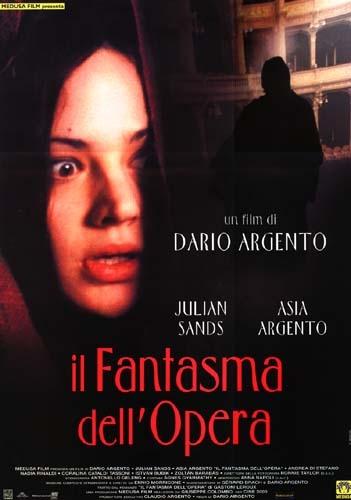
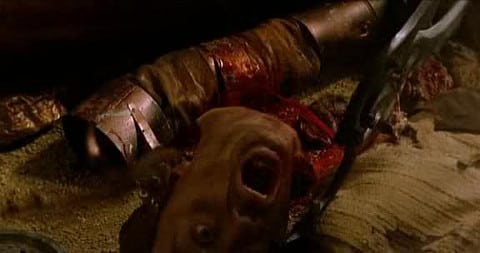
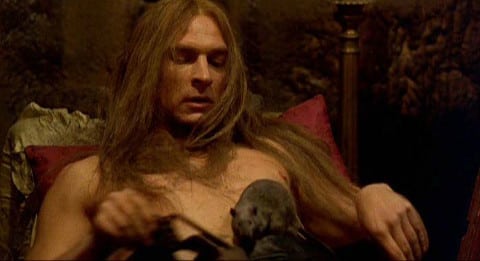

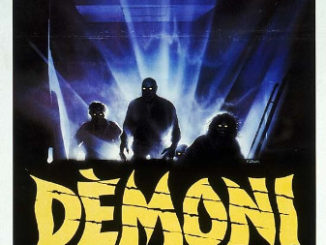

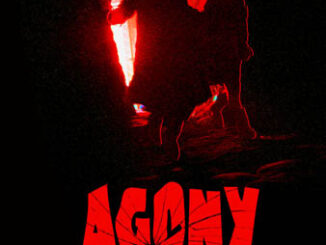
Be the first to comment